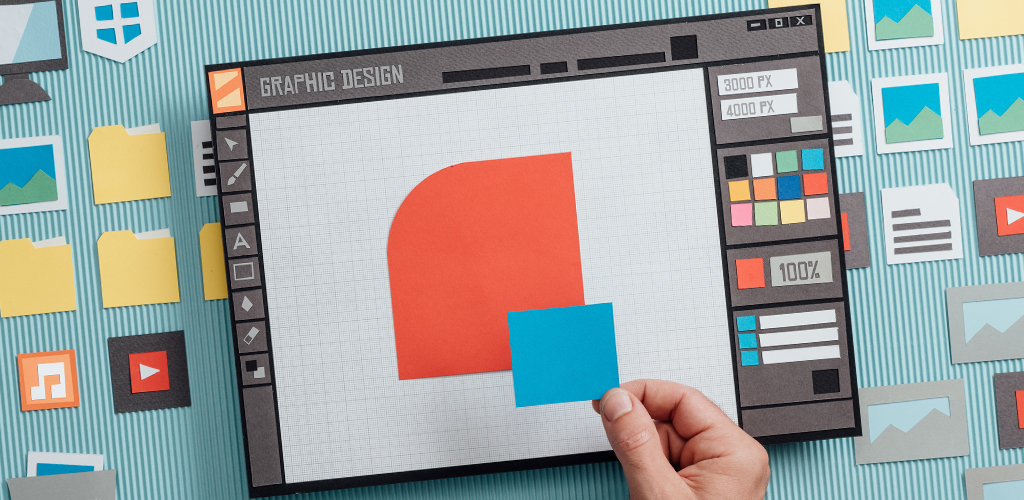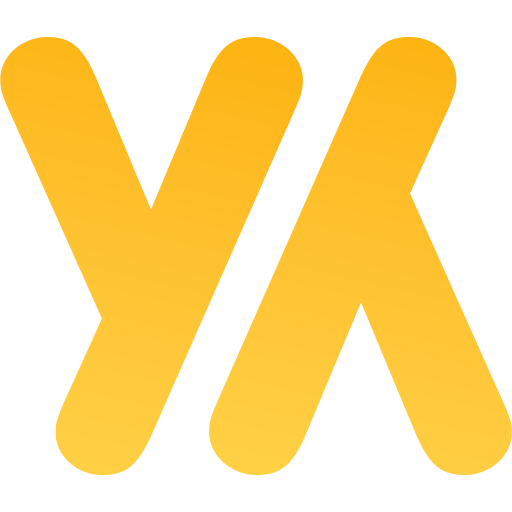Design isn’t one-size-fits-all anymore.
In 2025, the creative toolkit has exploded. From hyper-specific UI platforms to generalist graphic editors and motion design software, the options are overwhelming. We reviewed 50 design tools across 6 categories, testing them across real client work, branding projects, and web builds.
Spoiler: The best tool isn’t necessarily the one with the most features; it’s the one that lets your team deliver.
The Evaluation Process
To keep things fair, we broke our analysis down by category:
- Interface & UX Design
- Marketing & Social Graphics
- Motion & Video
- Brand Identity
- Web Mockups
- AI-Assisted Design
While each tool was scored on:
- Workflow speed
- Output quality
- Collaboration ability
- Compatibility with other tools
- Value for money
We looked at usage across our own projects and benchmarked features against the needs of small agencies, freelancers, and growing brands.

Interface & UX: Figma
Still the gold standard. Its real-time collaboration, dev handoff features, and plugin ecosystem remain unmatched. Figma continues to evolve with variables and auto-layout features that simplify responsive design.
Even Adobe XD fans are quietly jumping ship.

Marketing Graphics: Canva Pro
Not just for beginners anymore. In 2025, Canva’s brand kit system, smart resize, and massive template library make it ideal for fast-paced social teams. It’s the default for batch output (especially when paired with branded templates).
Runner-up: Adobe Express (more control, less charm)

Motion & Video: Adobe After Effects
Still dominant, but more niche. For agencies doing short-form brand videos and advanced animations, it wins. For everything else?
CapCut and VEED.IO are gaining ground due to their AI-trim, subtitle, and social-native features.

Brand Identity: Photoshop + Illustrator
No combo handles raw creativity better. While AI generators are creeping in, nothing beats these two for logo design, brand graphics, and precision editing.


AI-Assisted Design: Uizard & Galileo AI
Uizard turns wireframes into prototypes. Galileo takes your text prompts and generates UI screens. While not replacements for designers, they speed up ideation and rough drafts massively.

SaaS pricing page with modern UI, testimonial slider, call to action at top and bottom

Figma seems to be the one tool we can’t live without.
- While we primarily use Balsamiq for mockup work, Figma still powers over 50% of our wireframing projects.
- It’s easy to share with our devs and clients.
- Scales from quick prototypes to full web builds.
- Integrated with Notion, Trello, Slack, and can even code export plugins.
In a world of fragmented tools, Figma is a breath of fresh air.
Final thoughts: Tools don’t win projects, workflows do.
The best software means nothing without process. It’s about how your team builds, iterates, and collaborates.
So while our winner is Figma, the real secret weapon is the process.







